Feeding Your Baby During the First Year: Care Guidelines
Good nutrition during your baby’s first year is crucial for healthy growth and development. This period involves many changes for your baby, such as transitioning from breast milk or formula to solid foods. Feeding also provides valuable bonding time with your baby.
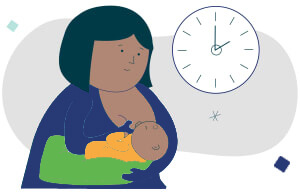
Ages 0 to 5 months: For the first 6 months, breast milk or iron-fortified infant formula provides all the nutrition and fluids your baby needs.
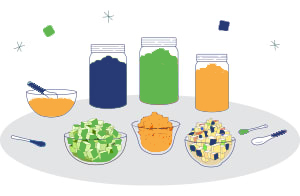
Ages 6 to 12 months: Around 6 months, babies are typically ready to begin eating cooked, soft foods. They will show signs of readiness, such as opening their mouth when food is offered, holding their head up, and attempting to sit without support.
How to Feed Your Baby During the First Year?

Feed your baby whenever they show signs of hunger.
Watch for hunger cues like hand sucking or lip smacking.
Your baby may be full if they slow down or turn away during feeding.
If you’re breastfeeding, consult your doctor to determine if your baby needs vitamin D or any other supplements.
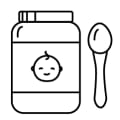
Start with small portions, such as 1 to 2 tablespoons for the first servings.
You can offer your baby blended, mashed, or soft foods cut into small pieces. Try soft vegetables, iron-fortified cereals, proteins, and fruits.
You may feed your baby with a small spoon, or they might be able to feed themselves. This can vary depending on the meal.
Once your baby can easily eat soft foods, introduce chopped or ground food.
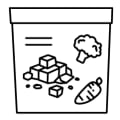
Try offering food 2 to 3 times a day, and breastfeed or bottle-feed in between.
Offer a variety of foods, including different colors, textures, and flavors. You may need to present a new food multiple times before your baby accepts it.

Introduce allergy-prone foods, such as nut butters, milk, eggs, and wheat, a few days apart. Monitor for signs of an allergic reaction, like hives, swelling, or vomiting.
To introduce a potential allergenic food, start with a small amount mixed with a food your baby has already eaten. For example, mix peanut butter into oatmeal.
Avoid foods that could cause choking. Cut or mash hot dogs and grapes into small pieces, and cook hard vegetables like carrots until soft.
Feed your child solid food while they are seated in a high chair. Ensure an adult is present to help prevent choking.
Watch for signs that your baby is full. Stop if they seem full or reject the food.
Around 6 months, when your baby begins eating solid foods, introduce a cup. Breast milk, formula, and water are the best choices. Start with 4 to 8 ounces per day.
How to Introduce a Bottle to a Breastfed Baby
Experts recommend exclusively breastfeeding your baby for the first year. Using a bottle can allow all caregivers to feed your baby. If you plan to switch from breastfeeding to bottle-feeding, consult your doctor. Here are some helpful tips.
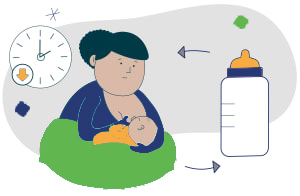
Gradually decrease the number of times you breastfeed each day. Offer the bottle before breastfeeding. Each week, replace or shorten one breastfeeding session with bottle-feeding.
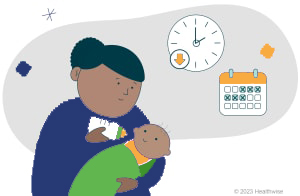
Wean your baby gradually. Pumping breast milk allows you to store milk for later bottle use. Combining both breast- and bottle-feeding as needed can help ease your return to work or other activities.


